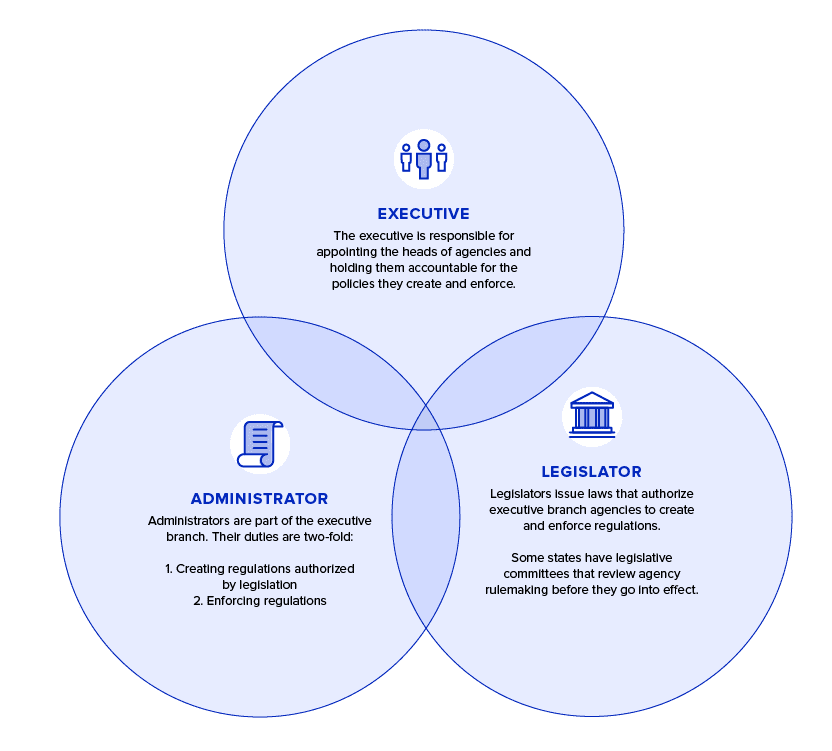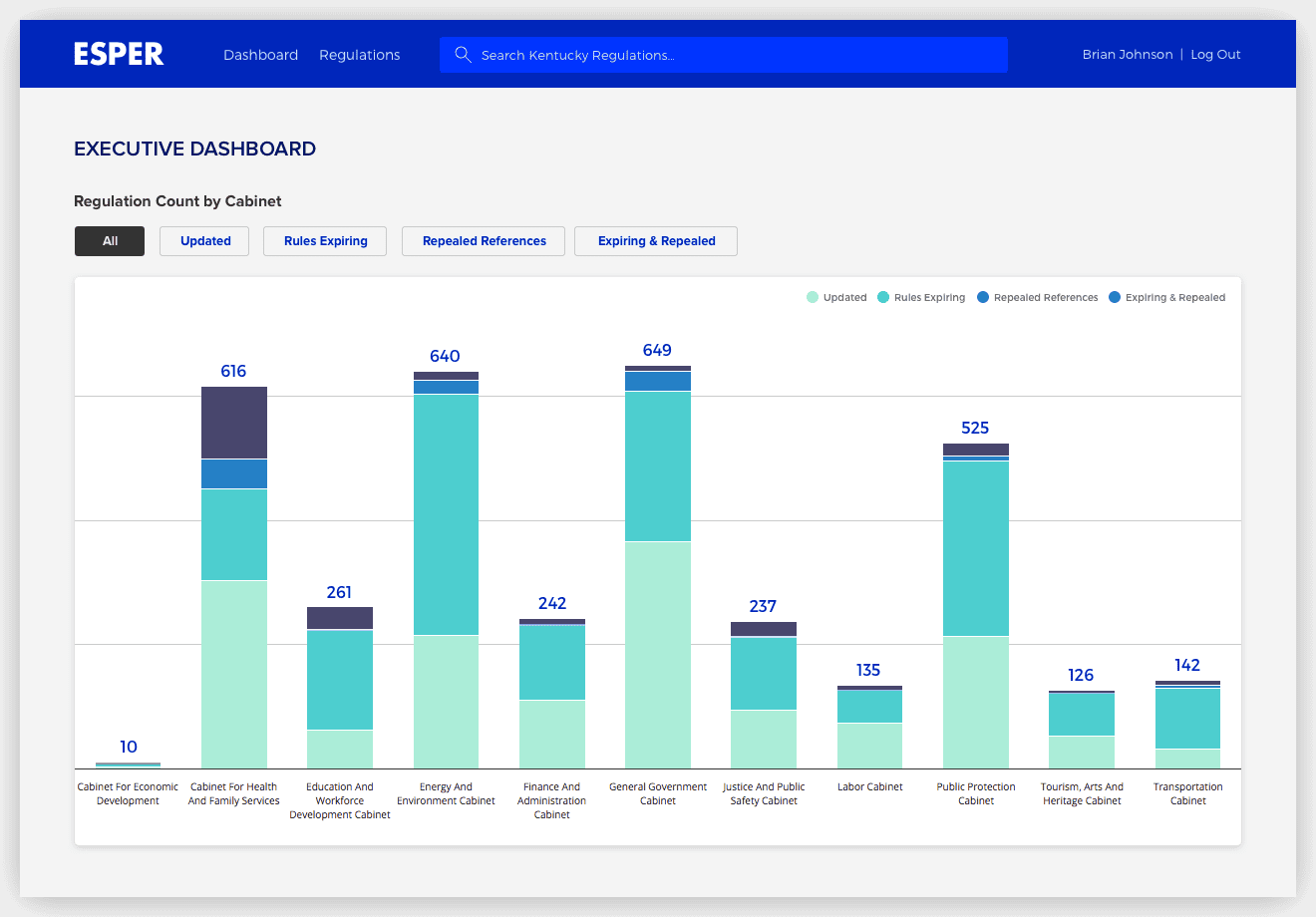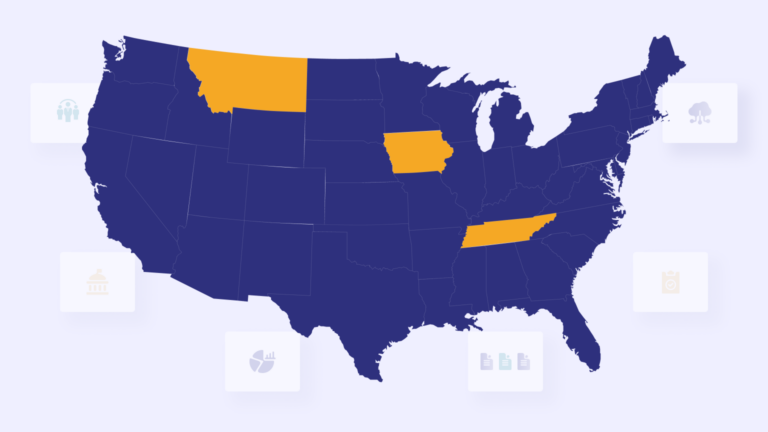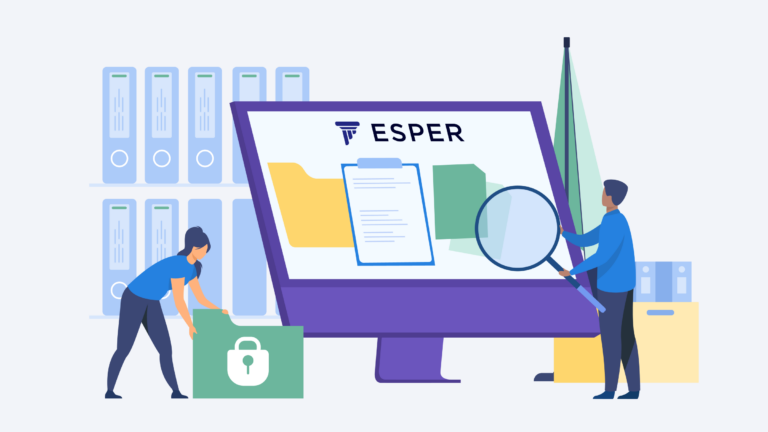
Aligning government stakeholders in the rulemaking process
While government executives and legislators often receive the most press and attention, it is administrative agencies and their respective policies that regularly touch the daily lives of citizens.
While government stakeholders, executives and legislators often receive the most press and attention, it is administrative agencies and their respective policies that regularly touch the daily lives of citizens. Administrators are typically the face of the government for busy citizens or entrepreneurs, whether it be through professional licensing or regular inspections. They create and enforce regulations that profoundly shape how we live and work, and thus hold valuable knowledge on the effectiveness of such policies on businesses and consumers. Unfortunately, much of this front-line data is buried in dated systems, PDFs, and other inaccessible tech processes. As a result, executive and legislative decision makers have limited access to quality data necessary to support policies and communicate with agencies. The diagram below illustrates how different government stakeholders participate in the rulemaking process:

332 regulatory agencies exist at the federal level and an average of 17 agencies per state. Each agency has its own unique processes and metrics, and it would be naive to attempt to standardize such metrics for sake of organizational cleanliness. Despite these challenges, effective governance requires a common infrastructure that can capture and surface insights for policymakers, executives, and the general public. For example, before approving a new regulation on nurse practitioners, it would be helpful to know the exact number of regulated entities, the costs imposed, and any public feedback on the new rule. Because agencies create and enforce these regulations, they have this data within reach but need tools to communicate this information to other stakeholders.
In order to foster constructive participation from all stakeholders in the rulemaking process, administrators need a means to capture and convey their knowledge and key performance indicators. Legislators and executives are eager to understand the impacts and cost-benefit data associated with agency regulations so they can make the best decisions for their constituents. However, departmental silos and legacy software applications make such communication difficult, if not impossible. Without this critical data, all stakeholders suffer from information asymmetry that slows down effective and reliable decision-making.

Esper works to open up regulatory data and increase collaboration within and across branches of government. Esper’s executive dashboards and data-rich platform help stakeholders navigate agency activity and monitor performance in accordance to stated goals. Our platform enables users to understand and compare agency activity from a high level and drill down to extraordinary detail. We work with agencies to integrate and translate their data into actionable insights for all stakeholders.
We believe that communication is core to government processes, and that data can provide the backdrop to transparent and collaborative rulemaking. Esper open up lines of communication to help government project manage and measure regulatory policy from the ground up. With access to better data, we can empower government to create effective and accountable policies for all.


